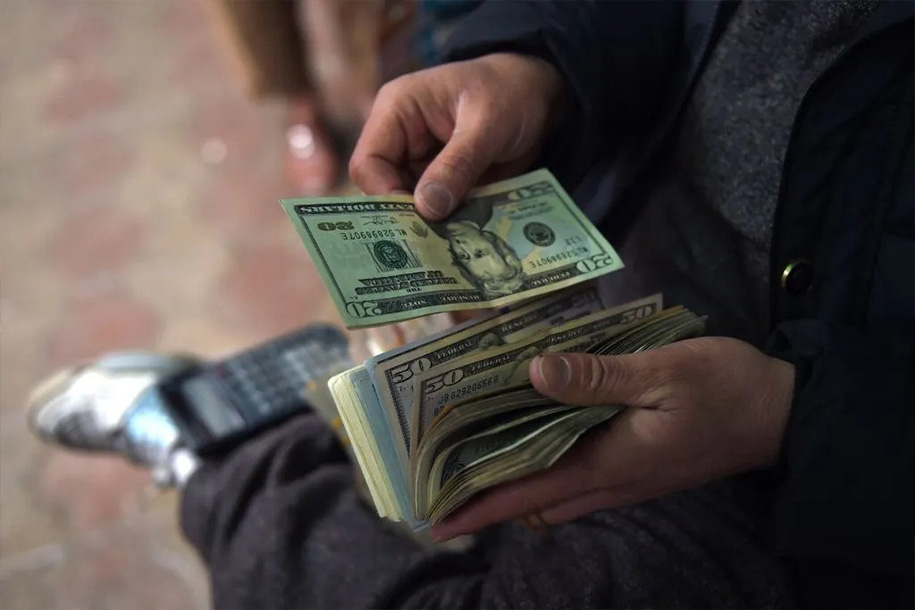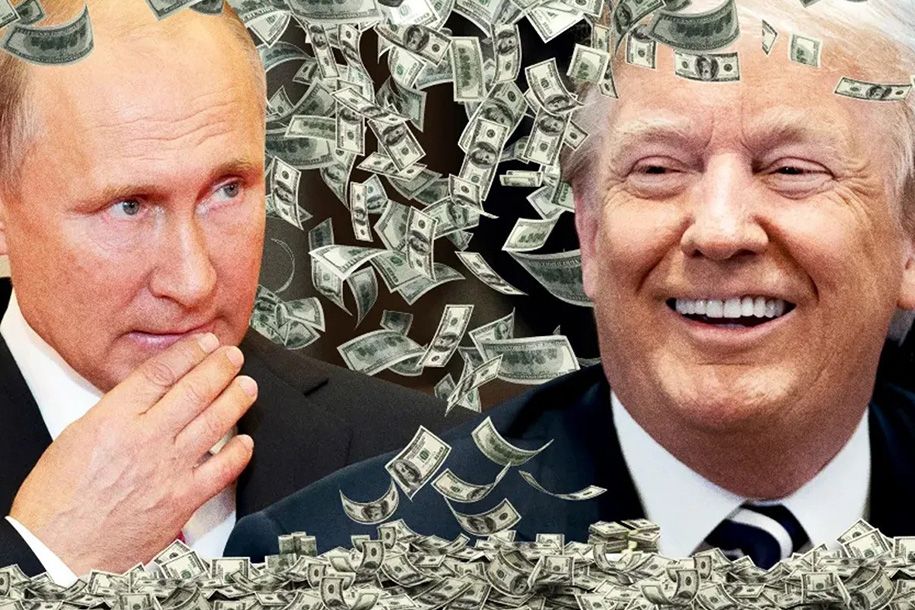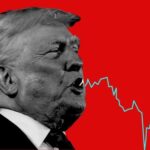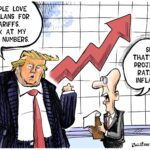How GOP Tax Reform Will Widen Inequality
The Republicans are increasing wealth and income inequality in America by playing bait-and-switch with the middle class through their tax reform policies.
The Immediate Benefits of GOP Tax Reform
The bait: The new tax law gives them immediate bonuses, higher wages and more take-home pay now. The switch begins next year, when the bottom income quartile receives the lowest benefit from the tax cuts and the top 5 percent receive the highest.
Income Gains and Disparities Under Tax Reform
Middle-class incomes will immediately increase, though higher income households will see higher increases — almost 30 percent higher — according to the Tax Policy Center. After-tax income in the 20-80 percent income range will rise 1.7 percent, while those in 95-99 percent income range will rise 2.2 percent.
Future Tax Reform Impacts on Different Income Groups
{mosads}But in 2019 the bottom 90 percent of earners will have lower after-tax income as a result of tax reform, while the top 5 percent will take home more. By 2027, the two lowest income quartiles will receive no benefit from the tax changes, while the top 0.1 percent receive the biggest. A decade from now, two thirds of middle-class taxpayers will experience a tax hike. Meanwhile, the corporate tax rate reduction to 21 percent is permanent.
Tax Reform’s Favoritism: Carried Interest and Corporate Benefits
The new tax law also continues a huge, controversial tax break for participation in profits, or “carried interest,” paid to hedge fund managers. They’ll pay a 23.8 percent tax on carried interest for assets held for one year, instead of the normal 39.5 percent rate. Although the amount of revenue lost is small, the break exposes Republicans’ contempt for the middle class, reflecting a belief that it is so uninformed, they can get away with such an in-your-face tax cut for the wealthiest Americans.
GOP Tax Reform’s Impact on Health Care and the Federal Budget
Even more egregious, the GOP repealed the Affordable Care Act’s individual mandate to pay for the tax cuts, which will lead to millions being uninsured, and then announced their intent to cut Medicare and Social Security. Trump then released his $4.4 trillion budget proposal, projecting next year’s deficit at double last year’s. Although it may have little impact on the budget Congress passes, it shows Trump’s disregard for economic prudence.
Stock Market Gains and Wealth Distribution
Trump has taken credit for the soaring stock market with a new slogan, “How’s your 401(k) doing?” If he deserves it, he should also claim credit for a massive enrichment of the wealthy. The wealthiest 10 percent own 84 percent of all stocks owned by Americans. Americans without a college education and their children are much less likely to have a direct stake in stocks. Lower-income Americans and minorities derive almost no direct benefit from the rise in stock prices.
Rising Deficits and Interest Rates Under Tax Reform
Sometime after the switch, the middle class will wake up to a $1.4 trillion deficit and debt-induced recession, in which they will fare much worse than the wealthy. Here, the Democrats are complicit.Sen. Rand Paul (R-KY) couldn’t have spoken truer words when, describing the budget bill, he said, “It’s a bipartisan compromise in the wrong direction.” Now, with both parties on board, we’ve lost all control over our deficits and debt levels.
Interest rates the federal government pays on its debt are rising, and the CBO says they will triple over 10 years, so we’ll pay $818 billion in interest in 2027, and a total of $5.6 trillion in interest over the next 10 years. Debt service will be the third largest cost in the federal budget by 2026, the second by 2046, and the largest before 2050. Foreign investors are likely to demand higher rates on Treasury securities.
We will experience higher interest rates on mortgages for home buyers, consumers and businesses. That’s a recipe for recession, which will hurt the middle class the most. Pew Research sorted out three tiers of the middle class and found that, in the Great Recession, the median income for the middle tier shrank 5 percent, while its wealth (assets minus debt) fell by 28 percent. The wealth of the lower-income tier plunged 45 percent.
Sure, top earners were hit, too. But it’s hard to shed tears for them. The income of the top 1 percent fell from $1.56 million in 2007 to $1.26 million in 2014, and the income of the top 0.01 percent fell to a mere $29 million.
The rich have rebounded completely from the recession in terms of employment and earnings. The middle-class and lower-income workers have not. That’s because job losses were concentrated in “middle skill” jobs that require more than a high-school diploma, but less than a college degree — jobs like manufacturing, assembly, mail delivery, and administrative support.
With the impacts so weighted against the middle-class, how do the Republicans get away with their tax policy? Doesn’t the middle-class understand the implications of the downside?
Pew Research polled mostly middle-class and low-income Americans and found that 65 percent of them said they have somewhat of an understanding of the new tax law. Only 28 percent those said it will have a negative effect on them, and 32 percent said it won’t have much effect on them at all. Thirty-seven percent thought it will have a positive effect on them over the coming years.
Conclusion: The Need for Greater Public Awareness on Tax Reform
Those results indicate most Americans do not understand how tax reform’s downside will affect them after the switch kicks in. If Democrats want to be the party of the middle class and working families, they need to educate them so they see the tax law for what it is and vote accordingly. There’s plenty of opportunity to do so.









Your article helped me a lot, is there any more related content? Thanks!
I don’t think the title of your article matches the content lol. Just kidding, mainly because I had some doubts after reading the article.
Thank you for your sharing. I am worried that I lack creative ideas. It is your article that makes me full of hope. Thank you. But, I have a question, can you help me?